Get creative in the kitchen this Easter
Simon Hopkinson shares two recipes for Easter, with ham and smoked haddock
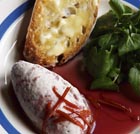

For this cook, the pleasure of making especially good dishes for the Easter festival will forever exceed those needy numbers that dictate the frenetic Christmas menu. After all, there are four whole days that span this bright weekend, making it a veritable boon to the creative cook. Although Easter can be an erratic festival, calendar-wise, it remains for me a springtime celebration and, thankfully, this year, is a very nice indeed mid April.
Apart from breakfast hot-cross buns (although a couple of runny-yolk boiled eggs and soldiers is my particular preference), endless children's chocolate eggs and, at some stage, a traditional urge to roast a leg of Paschal lamb, there really aren't any hard-and-fast rules.
And, if staying with friends, I always use Easter as a time for a touch of creativity in a borrowed kitchen. The following recipes are for those who, most definitely, enjoy cooking and pleasing-as well as showing off just a little bit, too. What may surprise you, however, is that I learned to make both of these unusually delicious dishes in the early 1970s. As far as I'm concerned, they stand up as proudly today as they did 40 years ago.
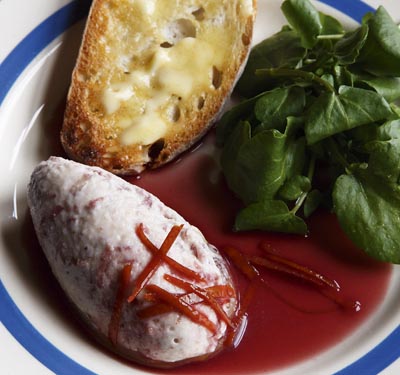
Cold ham mousse with Cumberland sauce
Serves 6, as a first course
250g cooked ham, finely minced 125g cooked salt tongue, very finely hand-chopped Plenty of freshly ground white pepper 3 leaves gelatine, soaked in cold water for 5 minutes, until soft 150ml hot ham stock, if you have it, or another well-flavoured stock 2 egg whites 300ml double cream
Method
Sign up for the Country Life Newsletter
Exquisite houses, the beauty of Nature, and how to get the most from your life, straight to your inbox.
Place the ham and tongue in a roomy bowl and loosely mix together with the pepper using a large spoon. Remove the gelatine from the water, add to the hot stock in a small pan over a low heat and allow it to melt. Stir into the ham and tongue mixture and leave to slightly stiffen in the fridge; just for an hour, or so, no more.
Using two separate bowls, whip the egg whites in one of them until snowy but not too stiff, and in the other, beat the cream until loose, but not peaked. Now, briefly break up the stiffened meat mixture with the same whisk, then deftly fold the egg whites into it, swiftly followed by the beaten cream.
Once these lightening ingredients have both been fully incorporated (there should be no trace of streaks of either egg white or cream), pile the mixture into a deep dish and cover with clingfilm. Place in the fridge to firm up for at least four hours-or even overnight, if you wish to get ahead.
Once set, spoon out on to small plates and serve with hot, buttered toast, a little watercress and the following.
Cumberland sauce
2 oranges 1 lemon 150ml port Half jar redcurrant jelly 1 large knob of fresh ginger, peeled and grated 2tspn English mustard powder 1tspn arrowroot
Thinly pare the rind of one of the oranges and the single lemon, cut into very thin strips, blanch quickly in boiling water then drain in a sieve and rinse under cold running water. Dry on kitchen paper and reserve. Squeeze the juice from the two oranges and the lemon and put into a stainless-steel saucepan.
Add the port, redcurrant jelly and ginger, bring to a simmer and allow to cook for 10 minutes. Strain through a fine sieve and then pour back into the same (cleaned) pan. Mix the mustard and arrowroot together with 2tbspn water until smooth. Add to the port/jelly liquid and mix together. Bring to a simmer and cook for a few minutes until shiny and lightly thickened.
Stir in the reserved orange and lemon rind, pour into a pretty bowl and chill thoroughly in the fridge until ready to serve with the mousse.
Smoked haddock roulade
Serves 6, for a light and savoury luncheon dish
400ml milk 1 small onion, peeled and chopped 2 bay leaves 2 cloves A few peppercorns 300g smoked haddock fillet, bones removed with tweezers 40g butter 65g flour Freshly grated nutmeg A scant tbspn anchovy essence 3 hard-boiled eggs, shelled and grated 3 eggs, separated 1tbspn chopped parsley 2tbspn freshly grated Parmesan
To finish
6-8tbspn whipping cream 1-2tbspn extra grated Parmesan Method
You will need a (preferably) non-stick Swiss-roll tin measuring 30cm by 20cm and a buttered sheet of greaseproof paper cut to fit the base.
Pre-heat the oven to 200˚C/ 400˚F/gas mark 6. Using a sauce-pan, gently heat together the milk, onion, bay, cloves, peppercorns and a little salt. Simmer for a few minutes, cover and allow the flavours to mingle for about 20 minutes. Strain into a larger pan and poach the haddock in the milk for several minutes. Lift out the fish, skin it and flake on to a plate. Put on one side.
In another pan, melt the butter and stir in the flour. Make a roux and gently cook the butter and flour together for a minute or two until a pale straw colour, then incorporate the strained milk into the roux and vigorously whisk together until smooth. On the lowest possible heat, allow the sauce to cook, regularly stirring with a wooden spoon, for about 10 minutes. Stir in the nutmeg and anchovy essence.
Take 3tbspn of the sauce and mix together with the flaked fish in a bowl. Now, add the grated hard-boiled eggs to the remaining sauce together with the parsley and keep warm, covered, over a pan of barely simmering water. Next, thoroughly stir the three egg yolks into the flaked fish and sauce mixture. Beat the whites until firm and then stir one tablespoon into the fish mixture so as to loosen it slightly. Fold in the rest, carefully, with a metal spoon, until all is amalgamated. Pour into the prepared tin and level the surface with a palette knife.
Bake in the pre-heated oven for 10-15 minutes until slightly puffed up, pale golden and set.
Remove from the oven and turn the temperature up to 220˚C/425˚F/gas mark 7.
Place a large sheet of greaseproof paper on a work surface and sprinkle with the remaining Parmesan. Cut around the edge of the tin, so as to loosen the roulade, then carefully tip it out, inverting it from the tin so that it lands fair and square on to the cheese. Leave to cool and settle for about 10 minutes, then spread with the reserved warm egg and parsley sauce and carefully roll up; a few cracks may form as you do this but will not affect the final result.
Allow the completed roulade to cool for a further 10 minutes, then cut it into six, thick slices and arrange each one into individual gratin dishes (failing this, use a large shallow dish to generously accommodate all the slices).
To finish the dish/dishes, spoon over the cream, sprinkle with the extra Parmesan and return to the oven for about five minutes. When lightly gilded, a little puffed-up and bubbling, serve forthwith, perhaps accompanied by a simply dressed lettuce salad.
* Subscribe to Country Life and save
* Follow Country Life magazine on Twitter
Country Life is unlike any other magazine: the only glossy weekly on the newsstand and the only magazine that has been guest-edited by HRH The King not once, but twice. It is a celebration of modern rural life and all its diverse joys and pleasures — that was first published in Queen Victoria's Diamond Jubilee year. Our eclectic mixture of witty and informative content — from the most up-to-date property news and commentary and a coveted glimpse inside some of the UK's best houses and gardens, to gardening, the arts and interior design, written by experts in their field — still cannot be found in print or online, anywhere else.
-
 How many bees, Channel 4 and a Catch 22: Country Life Quiz of the Day, May 6, 2025
How many bees, Channel 4 and a Catch 22: Country Life Quiz of the Day, May 6, 2025Tuesday's Quiz of the Day features a famous road, nature and science.
-
 Tasburgh Hall: From a Buddhist centre to a seven-bedroom family home in 23 acres
Tasburgh Hall: From a Buddhist centre to a seven-bedroom family home in 23 acresThe property, in Norfolk, was once four separate apartments, but has been lovingly re-stitched back together.
-
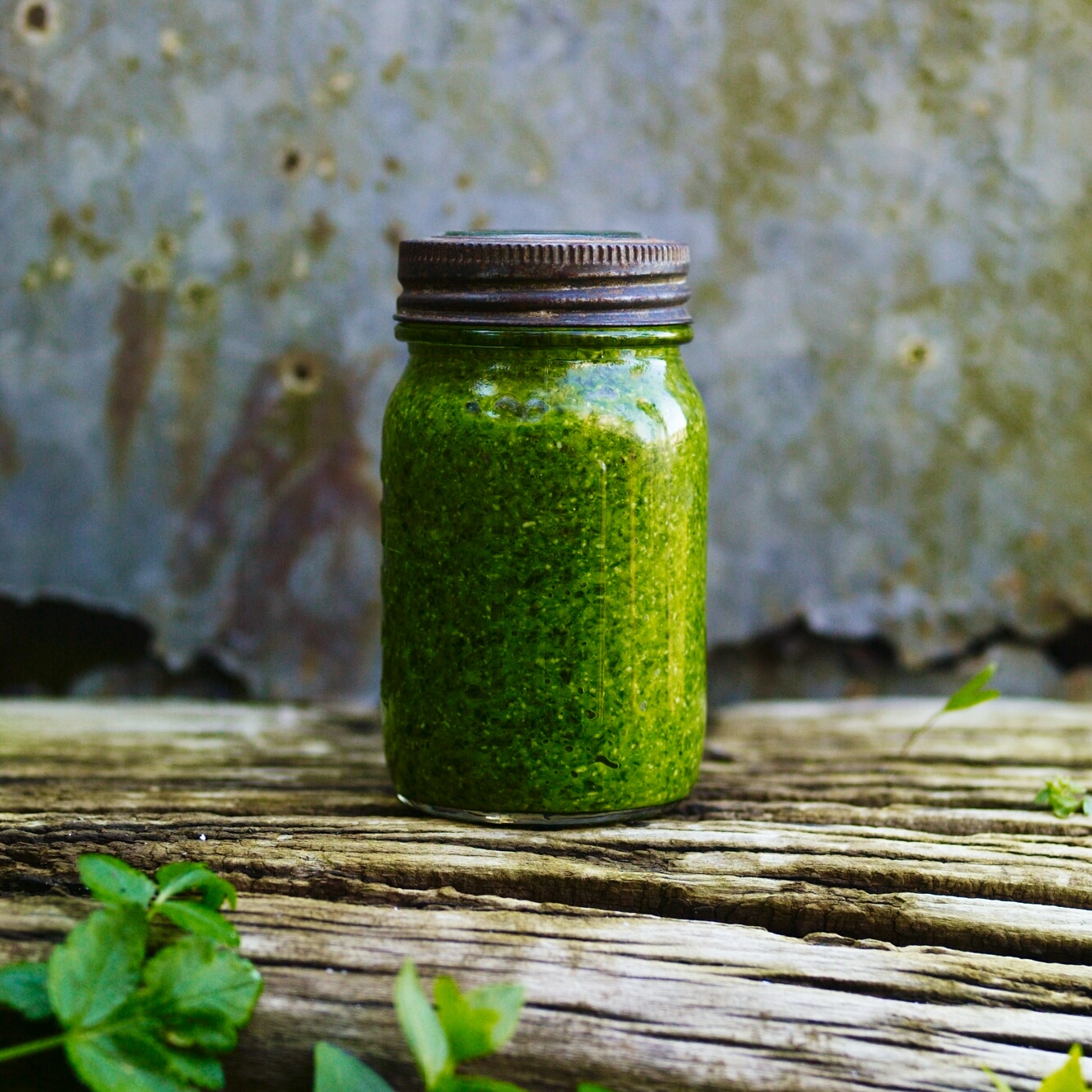 Gill Meller's recipe for wild garlic pesto
Gill Meller's recipe for wild garlic pestoThe appearance of wild garlic is a sure sign that spring is on the way. Make the most of it with this quick and easy recipe for 'intense' pesto.
-
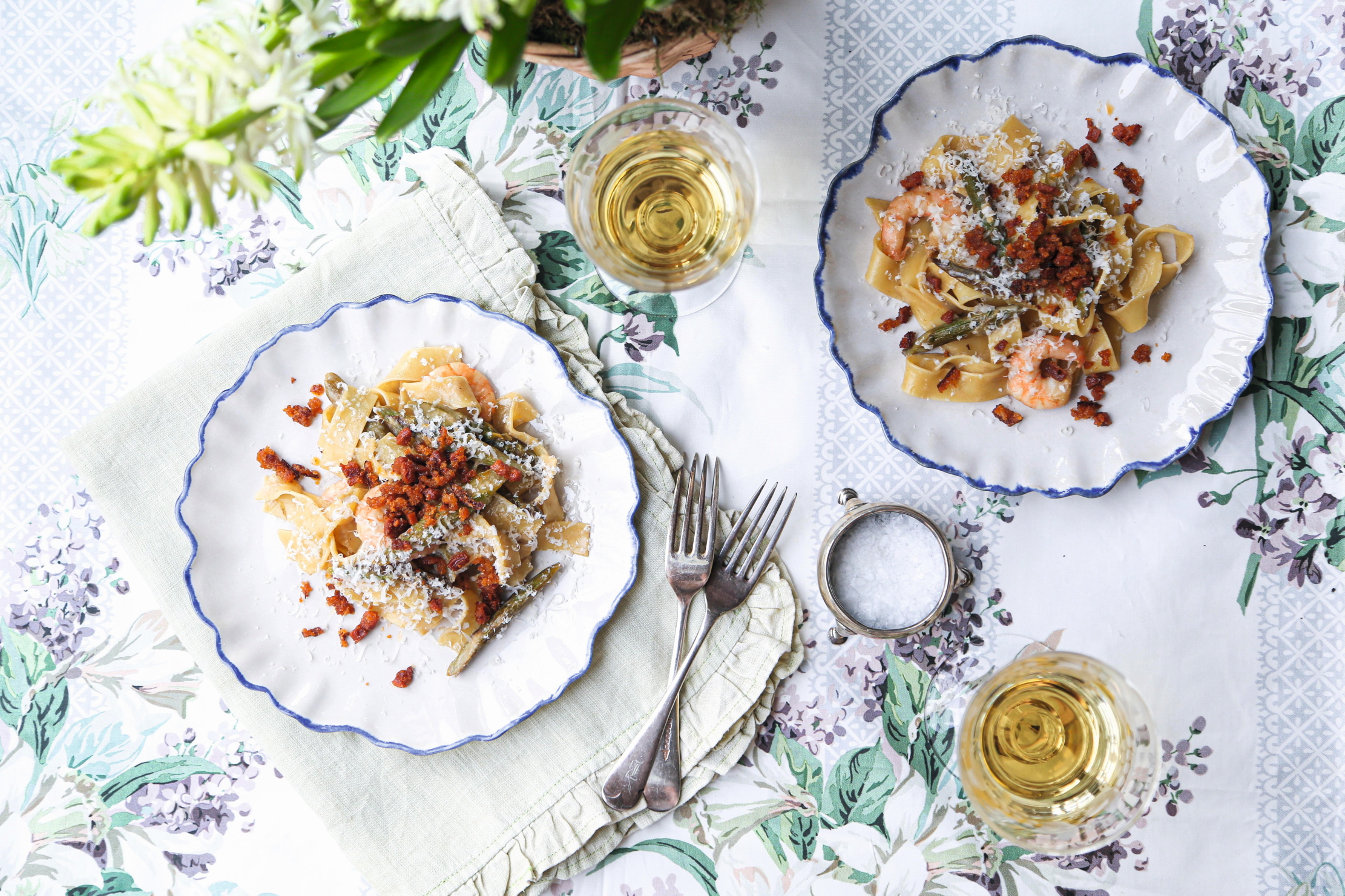 Asparagus and prawn pappardelle with chorizo that sings of Spring
Asparagus and prawn pappardelle with chorizo that sings of SpringThis recipe comes with 'a flavour punch you don't want to miss'
-
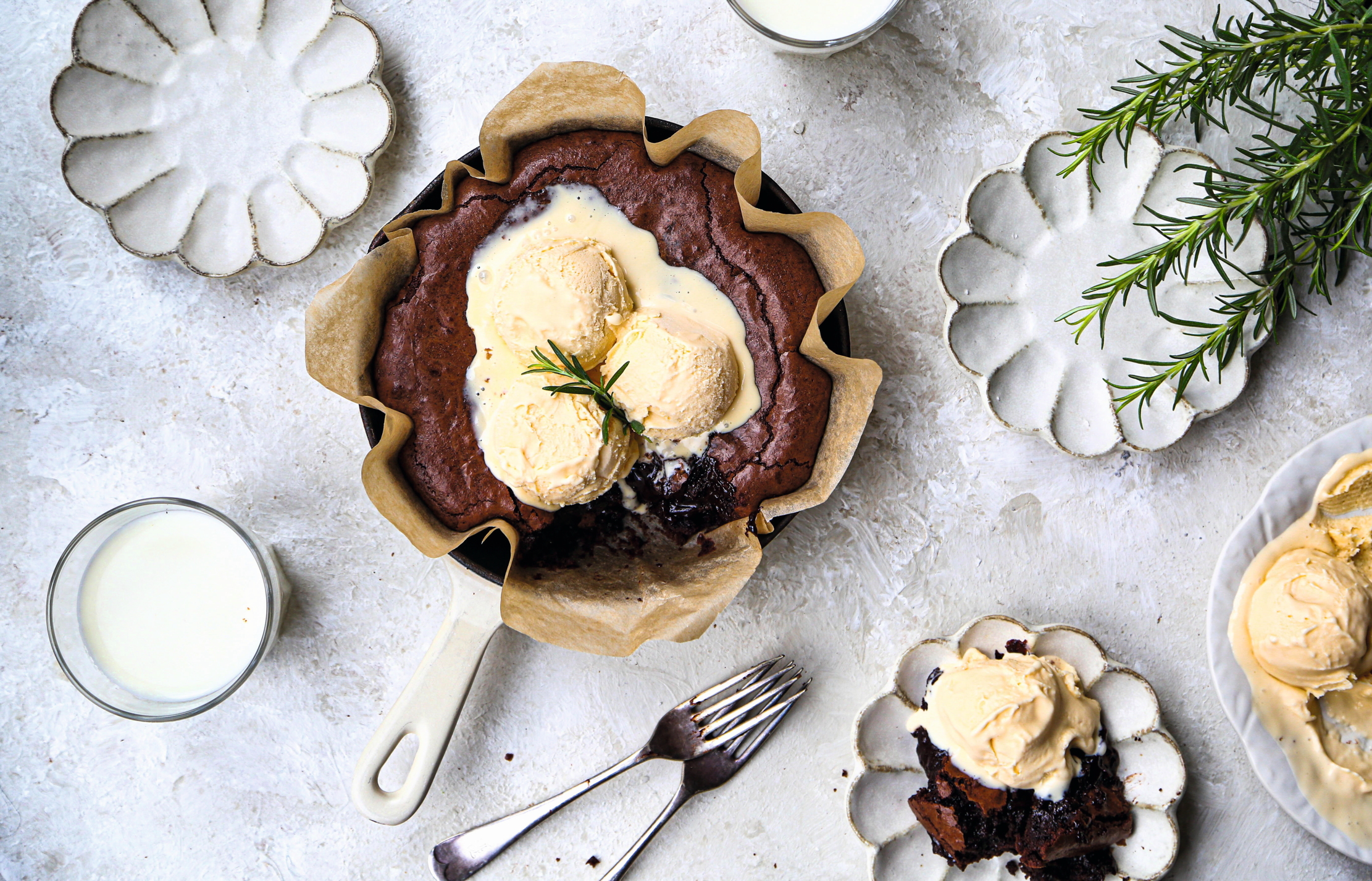 Delicious herbs and ices: rosemary ice cream with chocolate brownie
Delicious herbs and ices: rosemary ice cream with chocolate brownieThis immensely popular and versatile herb is easily grown in the garden, and pairs with anything from ice cream to chicken.
-
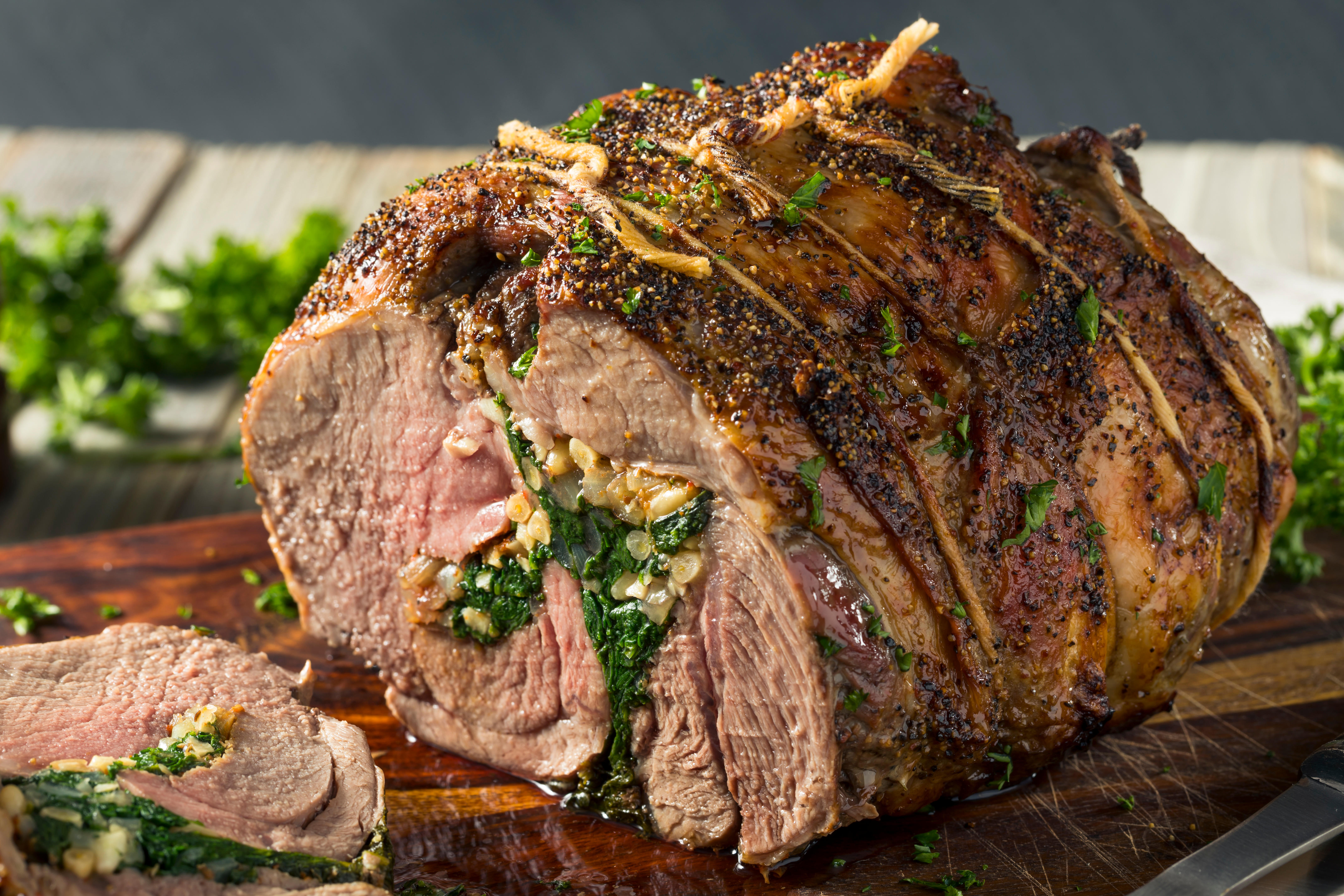 Recipe: Tom Aikens's roast leg of lamb
Recipe: Tom Aikens's roast leg of lambThe arrival of Spring is an grand time of year for all those who love fresh, seasonal food, with the arrival of all the delicious young vegetables and salads. Tom Aikens shares his recipe for roast lamb.
-
 How to make rack of lamb with harissa, asparagus and garlic-and-almond sourdough crumbs
How to make rack of lamb with harissa, asparagus and garlic-and-almond sourdough crumbsNow's the time to enjoy British-grown asparagus.
-
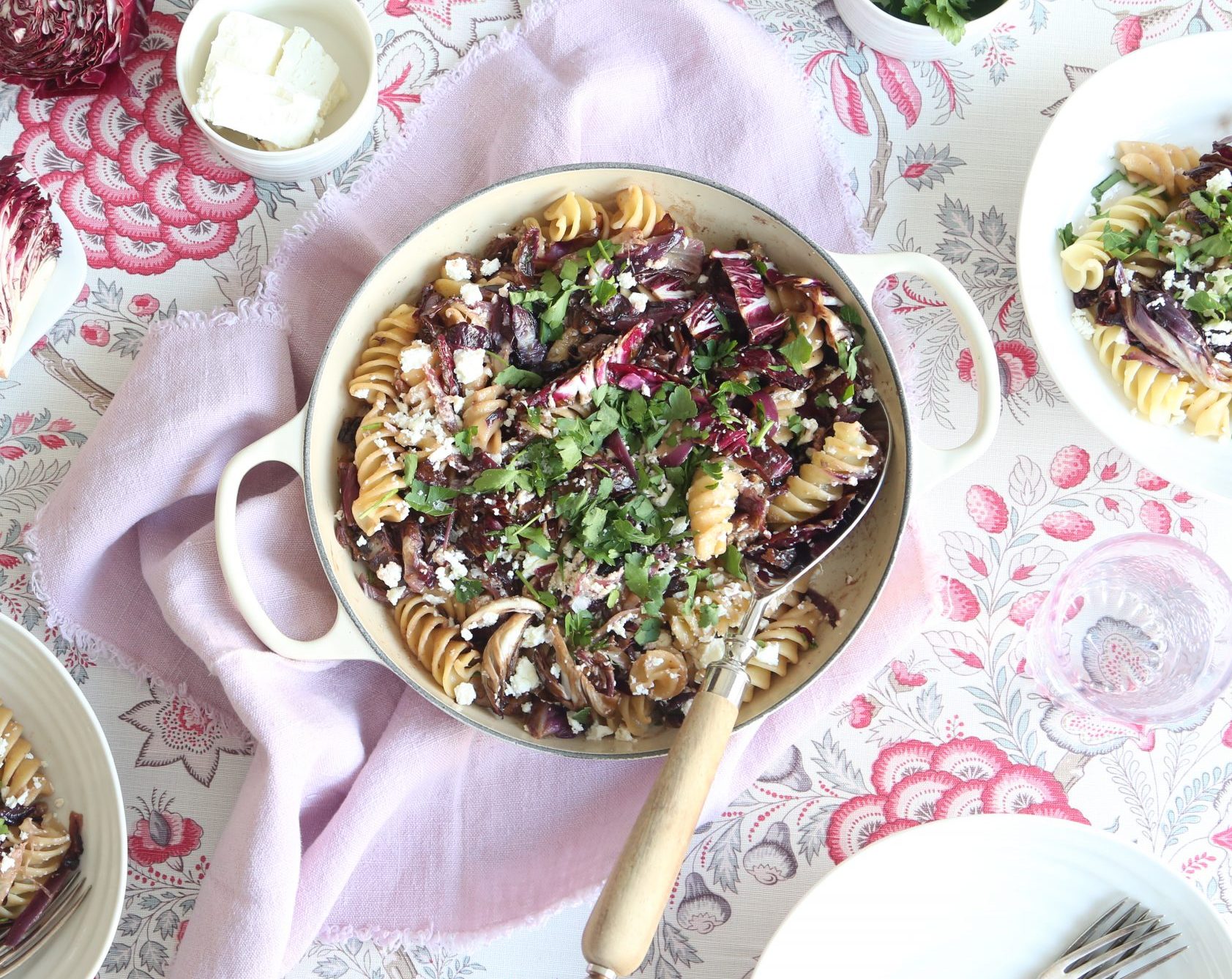 How to make pasta with radicchio, pear, walnut and feta
How to make pasta with radicchio, pear, walnut and fetaRadicchio's bitter leaves add interesting flavours to this spring pasta dish.
-
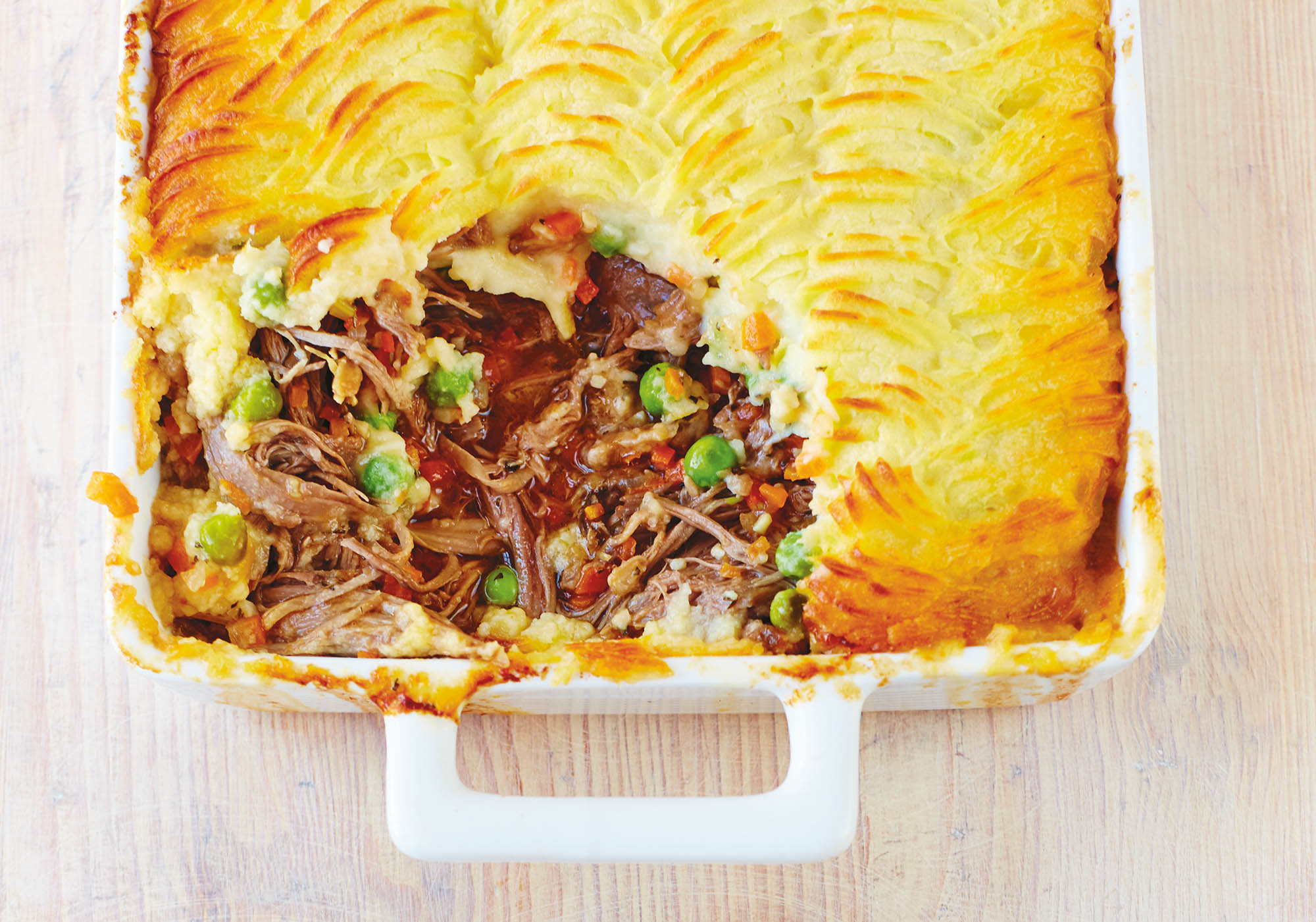 An unbeatable shoulder-of-lamb shepherd's pie recipe ideal for Easter, as dreamed up by the chefs at Fortnum & Mason
An unbeatable shoulder-of-lamb shepherd's pie recipe ideal for Easter, as dreamed up by the chefs at Fortnum & MasonIf you're looking for a dish that mixes show-stopper with comfort food, this is just ideal.
-
 The ultimate 'posh' rhubarb and custard? How to make rhubarb, raspberry and thyme mille-feuille
The ultimate 'posh' rhubarb and custard? How to make rhubarb, raspberry and thyme mille-feuilleHere's how to elevate simple rhubarb and custard to something rather smart.